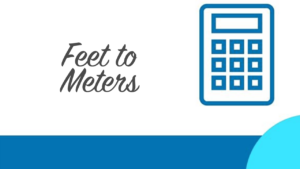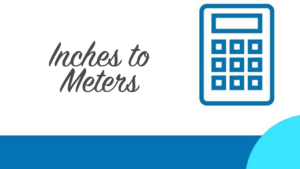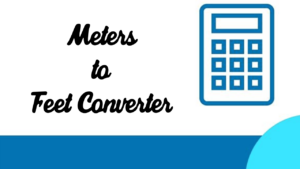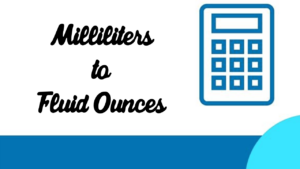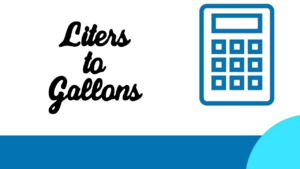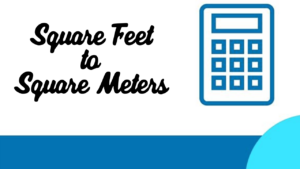The conversion from tablespoons to milliliters is essential in culinary arts, baking, and even in scientific measurements. Understanding and applying the conversion factor, 1 tablespoon = 14.7868 milliliters, allows for precise and accurate measurement of liquid ingredients, ensuring that recipes and formulas are correctly followed and results are consistent.
Below is a comprehensive conversion table for converting tablespoons to milliliters, facilitating quick and easy reference:
| Tablespoons | Milliliters |
|---|---|
| 1 | 14.7868 |
| 2 | 29.5735 |
| 3 | 44.3603 |
| 4 | 59.1471 |
| 5 | 73.9338 |
| 6 | 88.7206 |
| 7 | 103.5074 |
| 8 | 118.2941 |
| 9 | 133.0809 |
| 10 | 147.8677 |
| 15 | 221.8015 |
| 20 | 295.7354 |
| 25 | 369.6692 |
| 30 | 443.6030 |
| 35 | 517.5368 |
| 40 | 591.4707 |
| 45 | 665.4045 |
| 50 | 739.3383 |
This table provides a quick and easy reference for converting tablespoons to milliliters, ensuring accuracy and convenience in measurements for culinary, scientific, and personal applications.
The Importance of Accurate Conversion
Accurate conversion between tablespoons and milliliters is crucial for achieving the desired outcome in recipes, chemical solutions, and any task that requires precise liquid measurements. Precision in these conversions ensures that ingredients and components are measured correctly, maintaining the integrity and success of culinary dishes and scientific experiments.
Conversion Factor
The conversion factor 14.7868 is derived from the standard volume measurement in the metric system, providing a reliable method for converting tablespoons, a commonly used unit in cooking and baking, to milliliters. This ensures a smooth transition between different measurement systems and facilitates international culinary and scientific practices.
Practical Applications
Whether it’s for creating a perfect dish, formulating a skincare product, or conducting a laboratory experiment, accurately converting tablespoons to milliliters is indispensable. It allows for the clear and precise communication and application of measurements, essential for success in diverse fields.
Conclusion
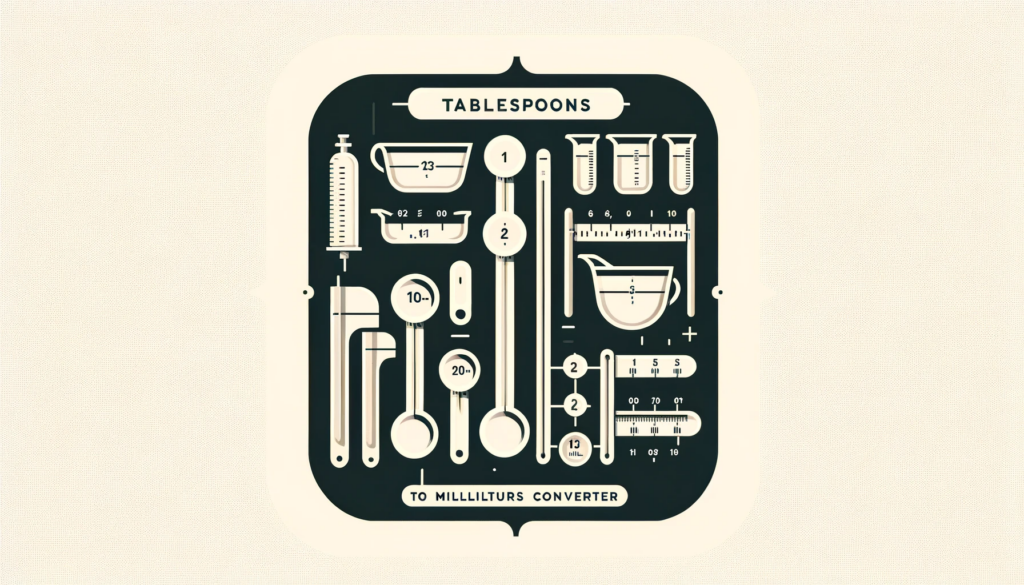
Understanding how to accurately convert tablespoons to milliliters is more than just a numerical exercise; it’s a practical skill that enhances the precision and quality of cooking, baking, and scientific measurement. Whether for professional chefs, home cooks, scientists, or hobbyists, mastering this conversion supports better preparation, innovation, and execution of recipes and experiments, fostering success and creativity in every endeavor.

